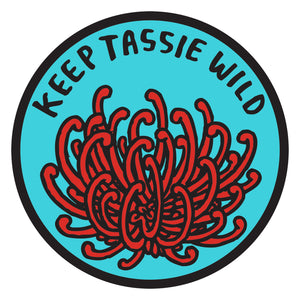No-one is around. I haul myself out of the fresh water and remain undressed. On the hot rocks, I stretch my body out. It’s like I’m lying upon a frying pan. Whatever droplets of water were on me have evaporated in a few moments, spirited into the atmosphere.
I think it’s fair to say that most Tasmanians have mixed feelings about the sun. We need its light to live – physiologically, of course, but we also yearn for it come over the horizon in the cooler months. We long to take our clothes off, to have sunshine on our skin, to parade in bare feet, to abandon the sticky feeling of having slept in our thermals and stayed in them the whole next day.
Yet at the height of summer the sun is an ogre, ready to wreak havoc in the bush. It scorches moss and coaxes gas from the eucalyptus leaves. Some summer arvos smell inflammable. When the wind gets up, it’s like sitting under a heatpump. And we have been taught too that the sun’s touch is poisonous, that too much of its attention does bad things to our body.
None of this troubles skinks. They’re not ambivalent about sunlight. They love it unequivocally. They’re out there day after day as if they’re desperate to deepen their tan.






